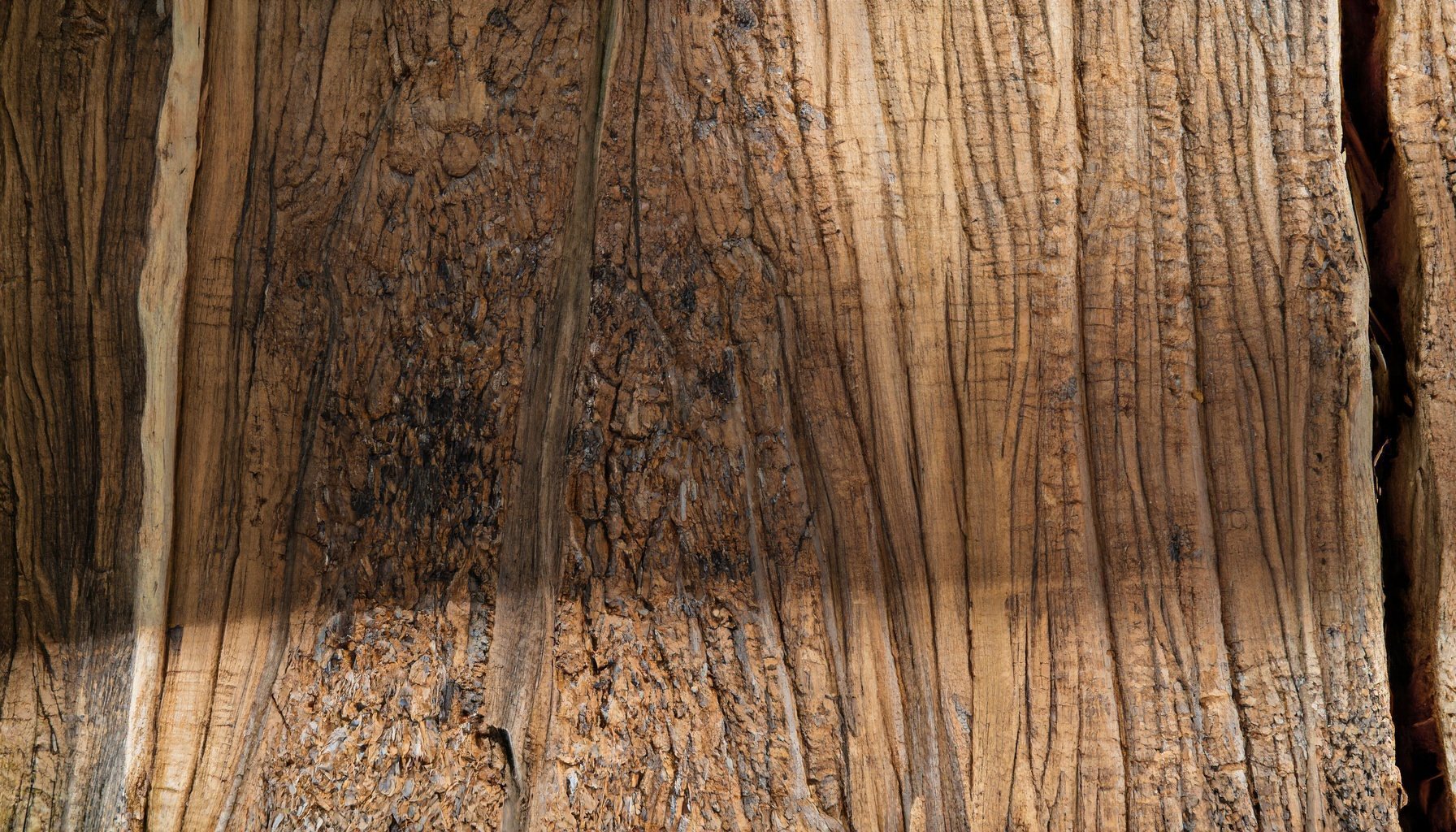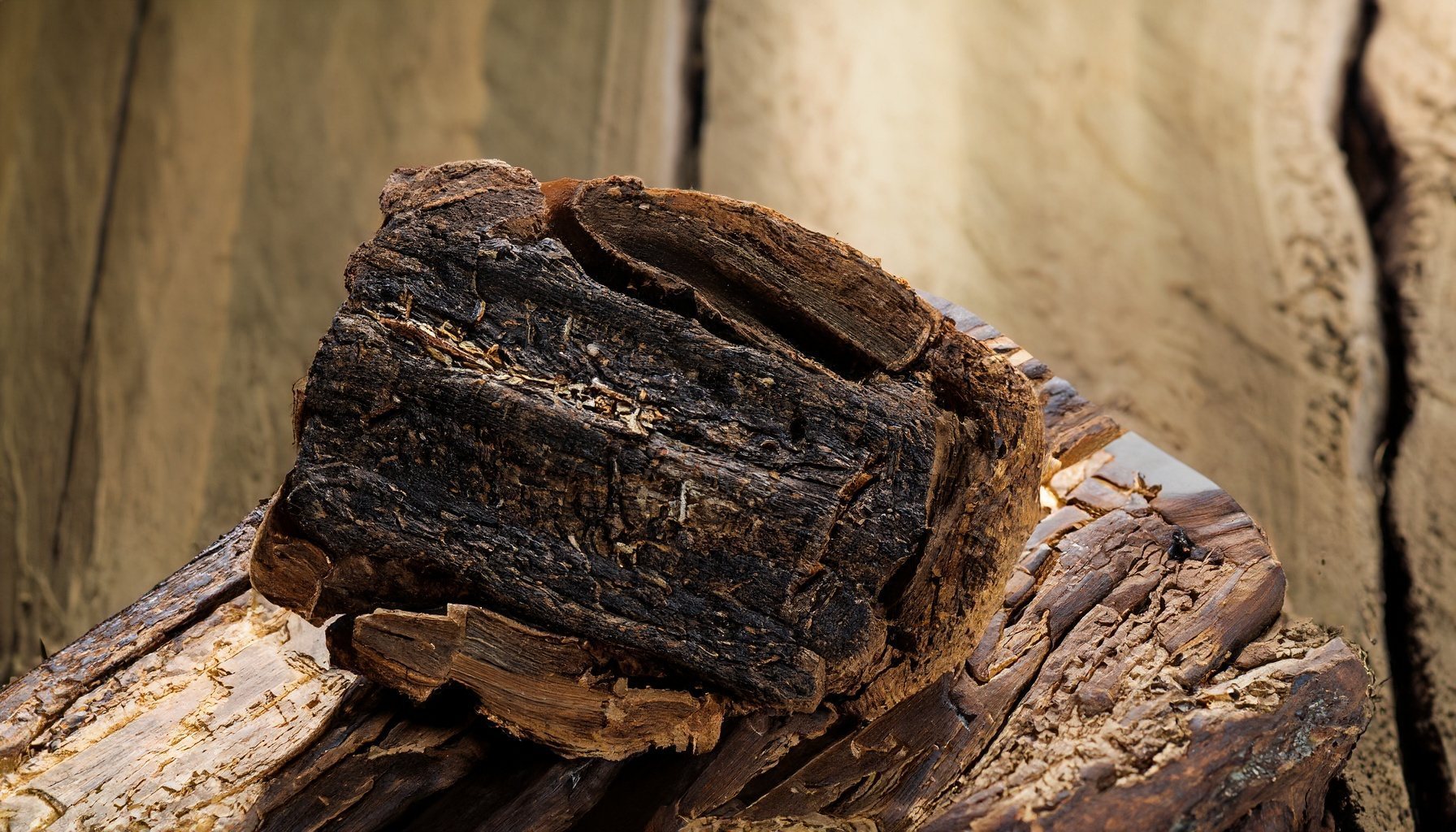
Learn about the aromatic properties of teakwood, which releases a natural, earthy, and sweet scent that can linger for years.
Teakwood, derived from the teak tree (Tectona grandis), is highly valued for its aromatic properties, besides its strength, durability, and water resistance. It is native to South and Southeast Asia but is cultivated in other tropical regions as well.
Aromatic Properties:
- Natural Oils: Teakwood contains natural oils that make it both aromatic and resilient. These oils are rich and earthy, and they help protect the wood from decay, insects, and other environmental damages. The scent of teakwood is often described as slightly sweet and woody.
- Long-lasting Aroma: The aromatic qualities of teakwood tend to last for many years. Even after being cut and processed, the wood continues to emit a subtle, pleasing fragrance. This is one reason why teak is popular for making furniture, flooring, and artifacts.
- Uses in Aromatherapy: Although not as common as other essential oils, teakwood oil is sometimes used in aromatherapy for its rich, warming, and grounding aroma. It’s believed to promote relaxation and mental clarity, although more research is needed to confirm these effects.
Additional Qualities of Teakwood:
- Durability: Teakwood is highly durable, capable of withstanding the elements for decades. It is often used for outdoor furniture because of its ability to resist decay and pests, a characteristic attributed to its natural oils and silica content.
- Water Resistance: Teak’s natural oils also make it highly water-resistant, preventing water absorption and making it less prone to warping or cracking. This makes teak popular for boat building and other applications where water resistance is crucial.
- Workability: Despite its strength and durability, teakwood is relatively easy to work with. It can be cut and shaped without too much difficulty, and it takes both nails and screws well. However, it can blunt cutting tools because of its silica content.
- Sustainability Issues: The high demand for teak has led to over-harvesting and deforestation issues. As a result, there’s an emphasis on sourcing teakwood from sustainable and responsibly managed forests. The Convention on International Trade in Endangered Species of Wild Fauna and Flora (CITES) and other organizations regulate the trade of teakwood to ensure sustainability.
- Maintenance: Teakwood requires minimal maintenance, and its color can change to a silvery grey over time if left untreated. If preferred, it can be treated to maintain its golden-brown color.
When considering teakwood for its aromatic properties or other applications, it’s vital to ensure that it is sourced sustainably to protect teak forests and the biodiversity they support.

